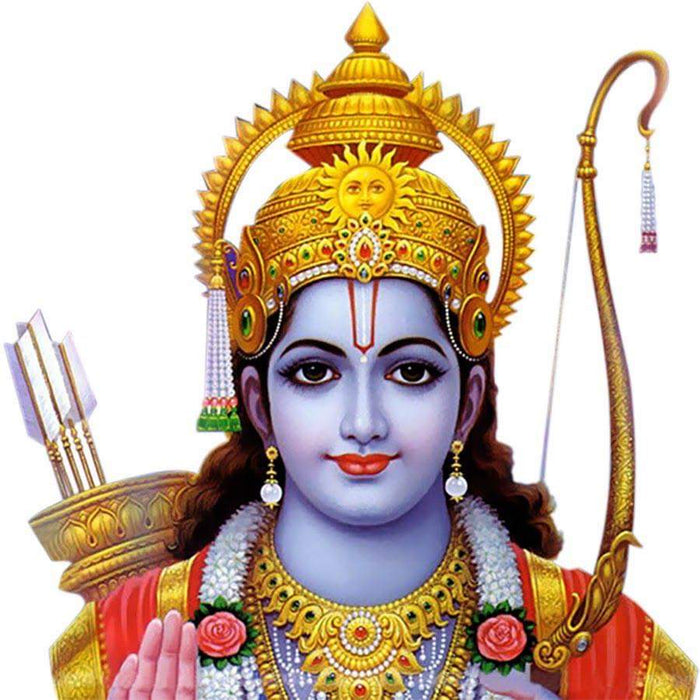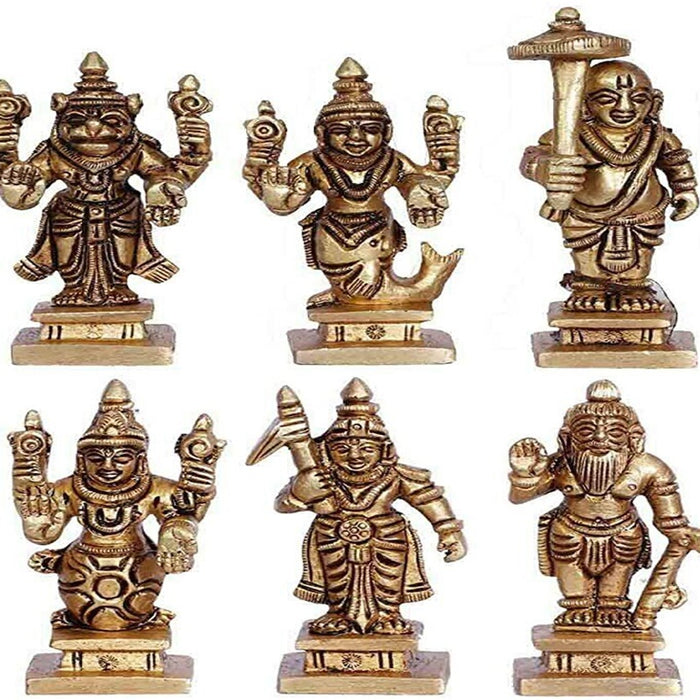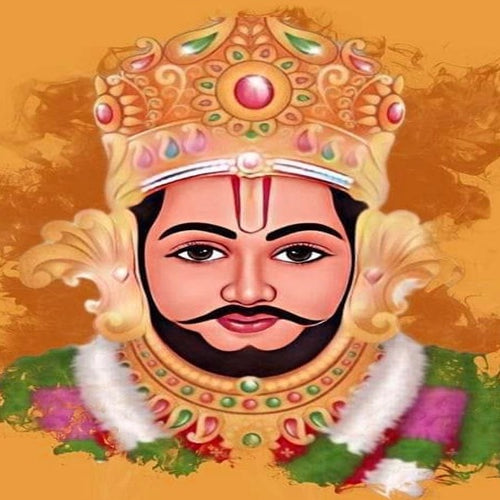
Tibetan Dorje Pendant
Tibetan Dorje pendant - made in solid White metal.
Size is around 2.5 cm (1"). Cast from a Tibetan carving.
Dorje or Vajra is a Sanskrit word meaning both thunderbolt and diamond. As a material device, the vajra is a ritual object, a short metal weapon that has the symbolic nature of a diamond (it can cut any substance but not be cut itself) and that of the thunderbolt (irresistible force).
The vajra is believed to represent firmness of spirit and spiritual power. It is a ritual tool or spiritual implement which is symbolically used by Buddhism, Jainism and Hinduism, all of which are traditions of Dharma. Because of its symbolic importance, the vajra spread along with Indian religion and culture to other parts of Asia. It was used as both a weapon and a symbol in Nepal, India, Tibet, Bhutan, Siam, Cambodia, Myanmar, Indonesia, China, Korea and Japan.
The earliest mention of the Vajra is in the Rigveda, believed to have been composed between 1700 and 1100 BCE. It is described as the weapon of Indra, the god of heaven and the chief deity of the Rigvedic pantheon. Indra is described as using the Vajra to kill sinners and ignorant persons. The associated myth describes Indra using the Vajra, which he held in his hand, to slay the Asura Vritra, who took the form of a serpent.
In Buddhism the vajra is the symbol of Vajrayana, one of the three major branches of Buddhism. Vajrayana is translated as "Thunderbolt Way" or "Diamond Way" and can imply the thunderbolt experience of Buddhist enlightenment or bodhi. It also implies indestructibility, just as diamonds are harder than other gemstones.
In the tantric traditions of Buddhism, the vajra is a symbol for the nature of reality, or sunyata, indicating endless creativity, potency, and skillful activity. The practice of prefixing terms, names, places, and so on by vajra represents the conscious attempt to recognize the transcendental aspect of all phenomena; it became part of the process of "sacramentalizing" the activities of the spiritual practitioner and encouraged him to engage all his psycho physical energies in the spiritual life.



